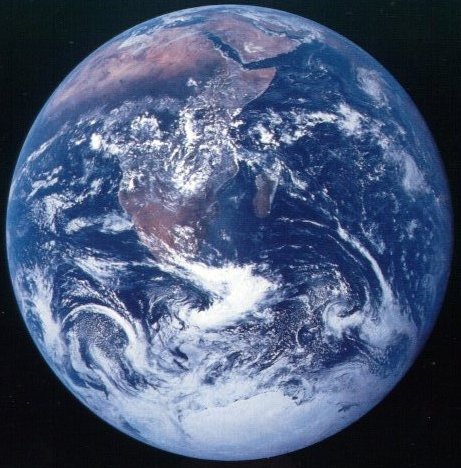Global Warming Again
Today, we wonder how things are really heating up. The University of Houston's College of Engineering presents this series about the machines that make our civilization run, and the people whose ingenuity created them.
Legend has it that a certain king had his advisor executed. Then he sent out a call for a new advisor with only one arm. The old advisor had, once too often, said to the king, "On the other hand..."
I'm afraid many of us are like that king when it comes to environmental issues. If you want to make trouble at a cocktail party, just say the words Global Warming out loud. Either the room will heat up, or an icy chill will settle over it. For we all too easily turn into one-armed experts who have no way of knowing whether they're betting on the correct arm. The issues are very complex.
But, as we argue, data accumulate. A recent Science magazine article is based upon yesterday's data. In fact, the new field of data archaeology has sprung up. I'm not kidding. Data archaeologists have gone back into dusty files to find rat-gnawed, mildewed files of ocean-temperature data -- all the way back to 1950. Those data cast remarkable light on the question of global warming.
One issue dogs the question as to whether global warming is really occurring. It's the fact that warming first occurs in the ocean. Only over time will that energy feed back into the atmosphere. The heat capacity of the oceans is over a thousand times that of the atmosphere. The ocean clearly must dominate the problem. Energy held in the ocean today is what will determine atmospheric warming tomorrow.
We have far richer records of temperatures in the atmosphere than in the ocean. Yet many oceanographers have, over the years, here and there, dropped temperature sensors down into the water.
Once assembled, those data tell a new story. It is that the ocean passes energy around. Much of it is stored fairly far down where we don't see it right away. But the overall trend is well-defined. Since 1950, the average ocean temperature has risen in a saw-tooth fashion. Today's oceans hold about sixty trillion megawatt-hours more energy than they did half a century ago.
These new numbers are now evoking new estimates of earth's atmospheric temperature by the end of the century. Anti-greenhouse people had previously thought it would rise as little as two degrees Fahrenheit. Others had expected as many as eight degrees. The new data now point toward a five- or six-degree rise.
All this clearly needs refinement, so a project is now underway to place three thousand free-floating temperature stations around the oceans of the world. As new data fill the gaps, the argument will go on, often fueled by vested interests. However, data archaeology has, for the moment, shifted the game away from greenhouse naysayers.
But these aren't issues for one-armed advisors. We need scholars, not spokesmen -- intelligent people who struggle to define their own ignorance. We need people who are still able to say, "On the other hand."
I'm John Lienhard, at the University of Houston, where we're interested in the way inventive minds work.
(Theme music)
Levitus, S., Antonob, J. I., Boyer, T. P., and Stephens, C., Warming of the World Oceans. Science, Vol. 287, No. 5461, 24 March, 2000, pp. 2225-2229.
Kerr, R. A., Globe's 'Missing Warming', Science, Vol. 287, No. 5461, 24 March, 2000, pp. 2126-2127.
